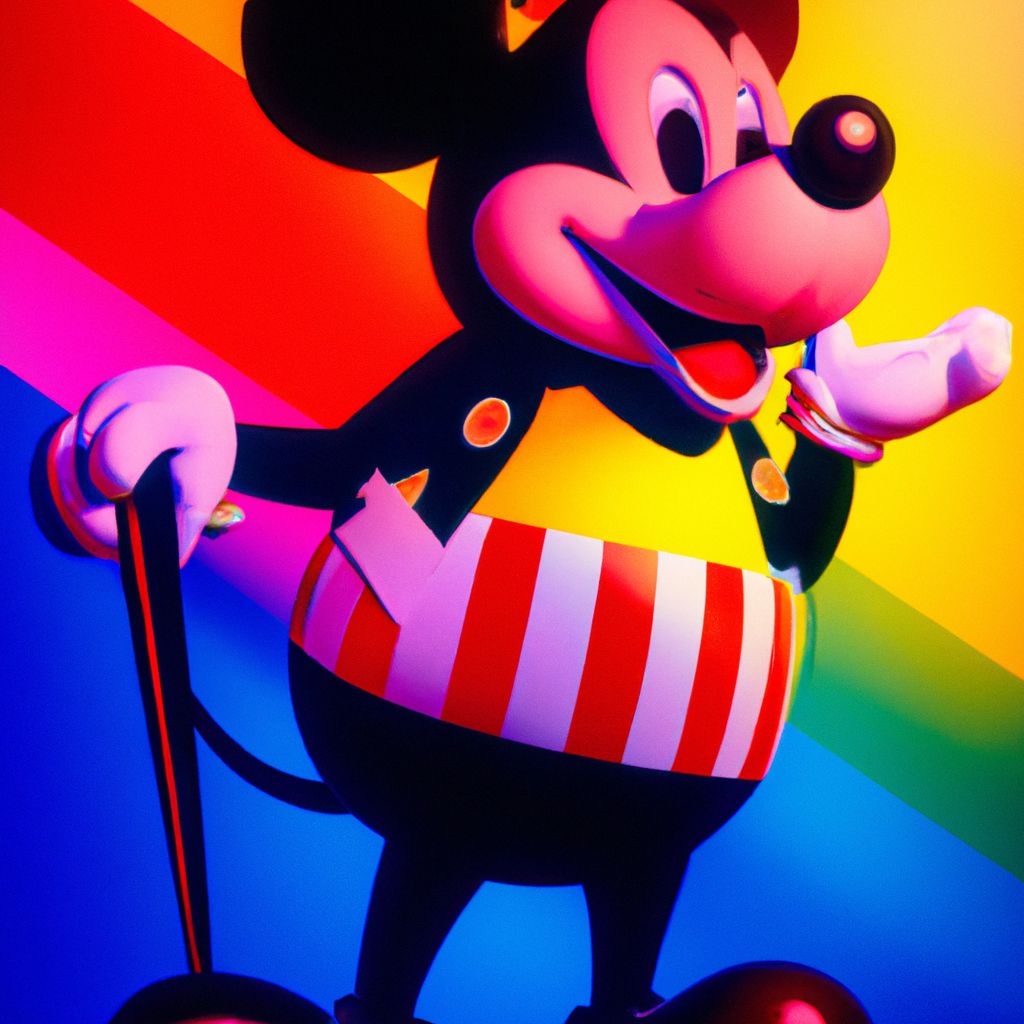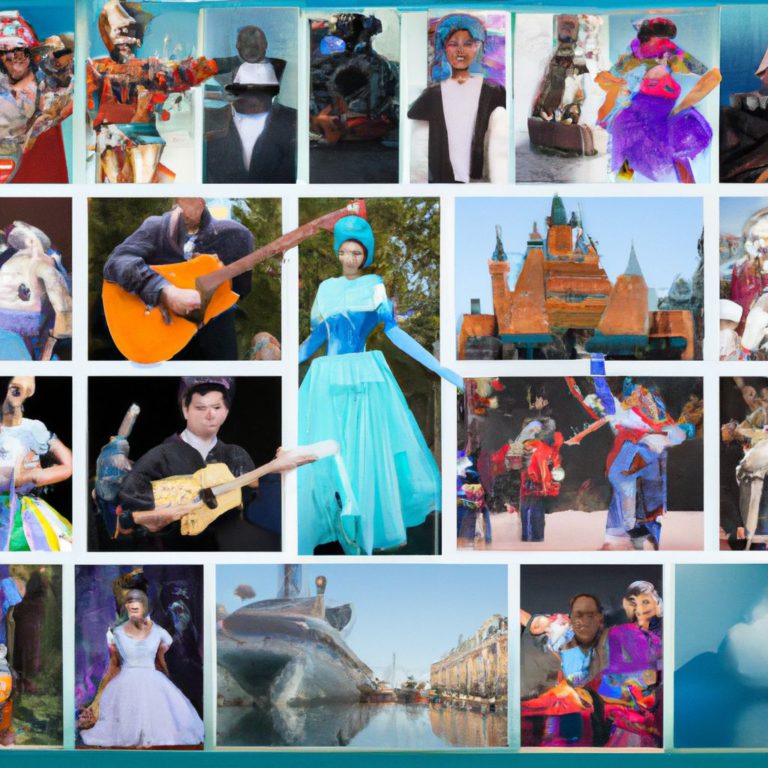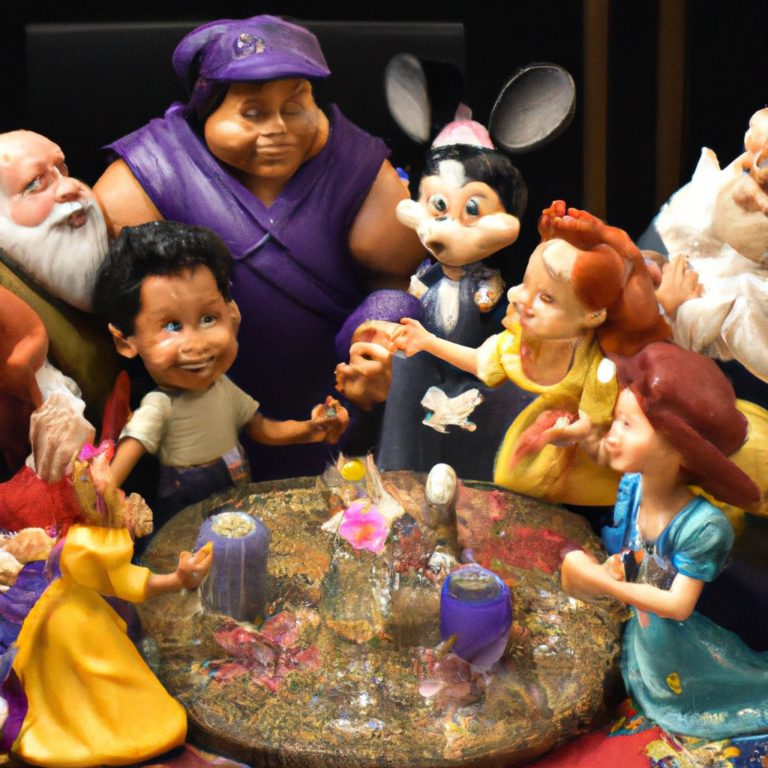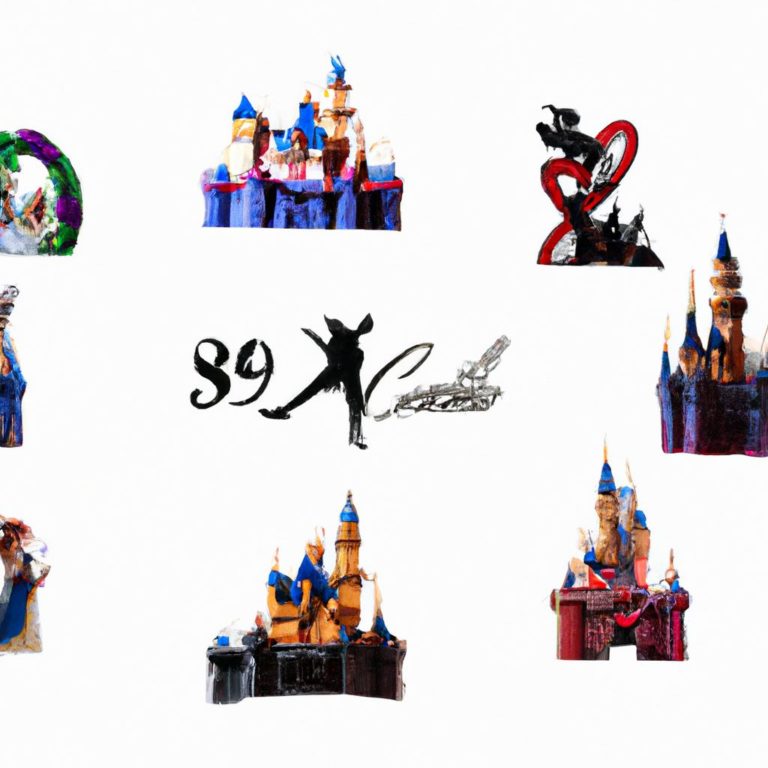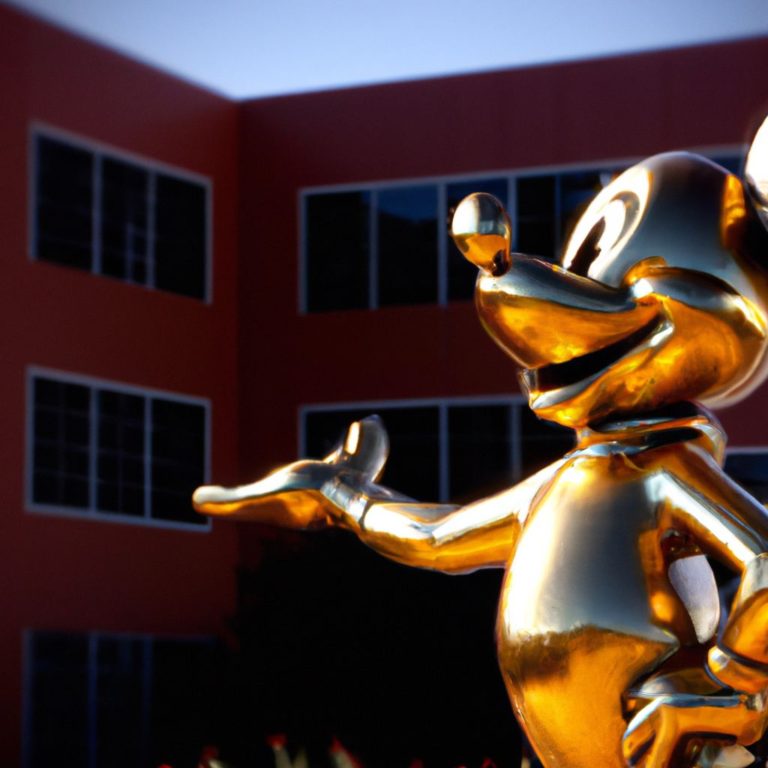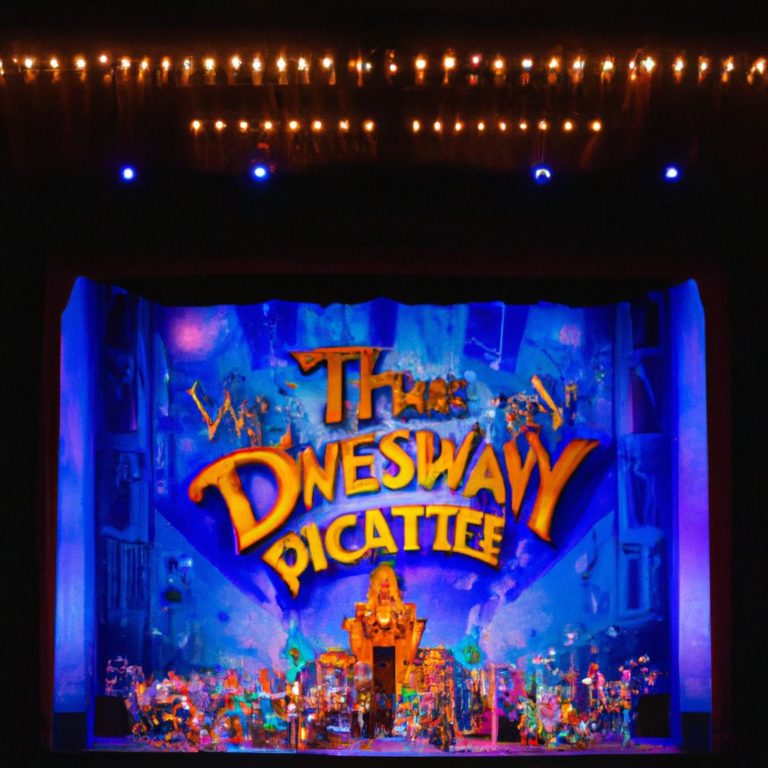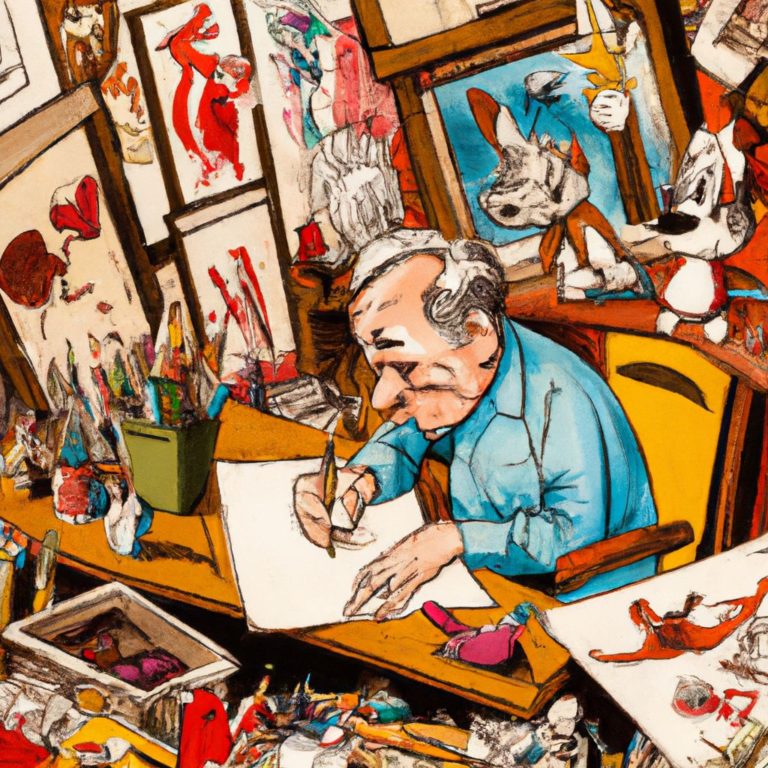Facts About Walt Disney’s Vision And Philosophy
- 100 Disney Facts That Might Surprise You - June 24, 2023
- Secrets Of Disneyland Attractions - June 24, 2023
- Real Life Inspirations Behind Disney Movies - June 24, 2023
Introduction to Walt Disney’s Vision and Philosophy
Walt Disney had a not-so-happy childhood, but he ended up revolutionizing the animation industry. He wanted to create immersive experiences that transport viewers to a magical realm of imagination. Disney understood the power of storytelling and used it to emotionally connect with his audience. His attention to detail and pursuit of perfection resulted in timeless masterpieces like Snow White and the Seven Dwarfs.
Disney didn’t just create films; he built an entire universe around his characters. From Disneyland to Walt Disney World, he brought his enchanted worlds to life. His vision was to inspire and ignite the spark of imagination in people of all ages.
Disney was also an early advocate for Technicolor and revolutionized the use of synchronized sound. He pushed boundaries and set new standards for the animation industry.
His legacy is a reminder that dreams can come true if you have unwavering passion and perseverance. Embracing creativity and staying true to your vision can lead to remarkable achievements.
Walt Disney’s Early Life and Influences
Growing up in a small town, Walt Disney’s childhood wasn’t ordinary. Nature inspired a love of animals and an imagination that knew no bounds. This passion for drawing led to animation.
Disney was fascinated by Charlie Chaplin’s ability to evoke emotions without words. This fired his need to tell stories through visuals and characters. Working as a cartoonist, he honed his skills and learned from art visionaries.
A visit to Asia opened the door to a new source of inspiration – Asian art and culture. This touched films like “Mulan” and “The Lion King”, adding visual richness.
Surprisingly, even as a child Disney showed entrepreneurial instincts. At 7 years old, he set up a mini-theater in his garage and charged admission.
These early influences prepared the way for Walt Disney’s revolutionary journey into animation and storytelling. Dreams became reality, leaving an enduring legacy for generations. Lastly, Mickey Mouse may be Disney’s creation, but the brand was built on magic, and merchandise sales.
Creation of the Disney Brand
The Disney brand was crafted from creative genius and strategic decisions. Walt Disney’s ethos had a huge impact on the identity of the brand.
Key Decisions:
- Disneyland’s birth in 1955 was a major turning point for the Disney brand. It brought to life Walt’s vision of a place where families could have magical experiences.
- Disney acquired Pixar Animation Studios in 2006, which gave them technical know-how and a wider reach in animation.
- The purchase of Marvel Entertainment in 2009 allowed Disney to join the world of superheroes and diversify their content portfolio.
- The purchase of Lucasfilm Ltd. in 2012 gave them access to the Star Wars franchise and its loyal fan base.
Brand Identity:
- Disney is synonymously linked to imagination, creativity and wholesome family entertainment. It’s renowned for its iconic characters, stories and theme parks.
- Their commitment to quality has gained them loyal fans all over the world.
- Disney’s timeless classics and inventive storytelling keep audiences of all ages captivated.
Suggestions to Enhance Success:
- Exploring new markets: Emerging economies and niche markets can increase global presence and attract new viewers.
- Partnering with influencers: Social media influencers or celebs can spread the word, increasing visibility.
- Utilizing technology: Virtual reality, augmented reality and other immersive experiences can make theme parks more engaging.
- Investing in original content: While Disney has a large library of characters, fresh stories will attract new fans.
By taking these steps, Disney can spread their reach, strengthen their brand image and keep being an entertainment leader. Staying true to Walt Disney’s vision and philosophy while adapting to modern times will ensure the Disney brand will stay a symbol of magic and wonder.
Walt Disney’s Vision for Entertainment
Walt Disney had a remarkable vision for entertainment that changed the world. His genius made animation an art form, delighting all ages. Disney’s vision extended far beyond movies and parks; it influenced media and pop culture. By using new tech and pushing limits, he created experiences that still enchant millions.
Disney was passionate about storytelling. He thought a gripping plot was the key to keep people engaged and make them feel something. So, he crafted characters with depth and relatability. Mickey Mouse and Snow White held powerful messages for the audience.
Disney also had a commitment to innovation that pushed the boundaries of what was possible. He included synchronized sound in “Steamboat Willie” and used multiplane cameras in “Snow White” to improve his films. This opened the door for future advances in animation.
When Disneyland opened in 1955, it was the first theme park ever made for families. Despite tight deadlines and money issues, it opened – and began a new era of entertainment blending fantasy, technology, and imagination.
Walt Disney’s entertainment revolutionized animation and theme parks, and left its mark on culture worldwide. His passion for storytelling, innovation, and creating unforgettable experiences still inspires entertainers today. With each new creation, Disney’s legacy lives on, reminding us of the power of imagination and the magic of storytelling.
Philosophy of Creativity and Imagination
Walt Disney had a profound philosophy of creativity and imagination. He dreamed big and pushed the boundaries of what was possible. He saw creativity as an essential tool for success, creating timeless stories and innovative ideas that still inspire people today.
He built a creative environment for his employees, providing resources and support to explore their ideas. He believed collaboration and diverse perspectives were key to unlocking innovative solutions.
Disney’s philosophy focused on the power of imagination. He saw it as the driving force behind innovation, allowing him to envision incredible worlds and characters. His famous quote, “If you can dream it, you can do it,” highlights this belief.
Storytelling was an important part of Disney’s philosophy. He knew these narratives could deeply resonate with audiences, connecting them with the characters and themes. This gave his creations a sense of magic and wonder, captivating all ages and cultures.
The story behind Disneyland itself is a great example of Disney’s philosophy. Despite skeptics who doubted him, he persevered and transformed an orange grove into a revolutionary theme park.
Walt Disney’s philosophy of creativity and imagination continues to inspire people today. His legacy reminds us to embrace our own creativity, use our imagination, and strive for a better future. His vision continues to sprinkle magic, like a business-minded fairy godmother.
Legacy and Impact of Walt Disney’s Vision and Philosophy
Walt Disney’s Vision and Philosophy has left a lasting mark on the world. Let’s dive into some of its key aspects and the resulting impact.
Legacy and Impact of Walt Disney’s Vision and Philosophy:
To get a better sense of the influence of Walt Disney’s Vision and Philosophy, we must look at its various components. We’ve put together a table showing some of the most important elements:
| Aspect | Description |
|---|---|
| Creativity | A major part of Disney’s vision, pushing innovation |
| Storytelling | Spellbinding tales brought characters to life |
| Character Design | Iconic characters known by all |
| Technological Advancement | Pioneered animation techniques, setting industry standards |
| Theme Parks | Disneyland changed entertainment experiences |
Along with these well-known elements, there are unique details illustrating Walt Disney’s special vision. He was devoted to quality and detail, making sure each part of his creations was crafted to provide an immersive experience. This is seen in Cinderella’s Castle’s intricate designs to how storytelling was blended into his theme parks.
One remarkable story shows Disney’s dedication. When money problems arose during the building of Disneyland, he mortgaged his own house to get funds for what ended up being one of the most beloved amusement parks. This story shows not only his enthusiasm but also his readiness to take chances to reach his goals.
Disney’s vision and philosophy is something special. But if you think about it, behind every happy ending is a ton of mice and ducks doing all the hard work.
Conclusion
Walt Disney was truly a visionary. His relentless passion for creativity and innovation changed the animation industry. He gave birth to beloved characters and enchanting stories that won the hearts of millions.
Disney embraced the power of dreams. He created Disneyland, an immersive world where fantasy takes over reality. Technology was blended with storytelling to transport visitors to a realm where their dreams could become real.
He meticulously crafted each frame and paid attention to detail. Quality entertainment was his commitment to excellence.
Innovation extended beyond storytelling. He encouraged teamwork and nurtured creativity among his animators and Imagineers, leading to groundbreaking advancements.
Disney had a keen business acumen. He diversified the Walt Disney Company into ventures like TV production, music labels, merchandise licensing, and even cruise lines.
Fun Fact: Walt Disney holds the record for most Academy Awards with 22 Oscars from 59 nominations!

